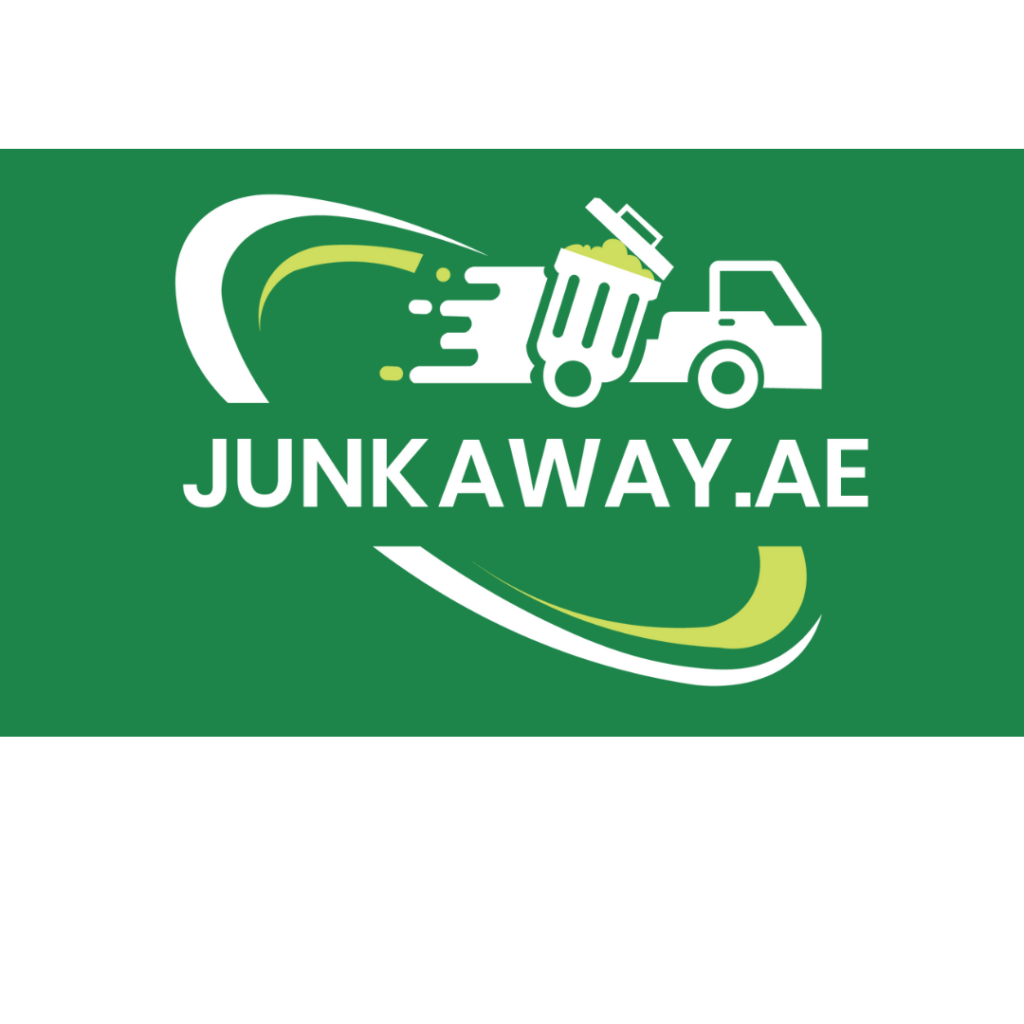Linen Recycling, Waste Removal, Donation and Recycling Services
Description
Looking for someone to take all those difficult waste items in order to avoid landfill and dispose of waste responsibly?
Let Junkaway handle all the heavy lifting and disposal for free. Beyond junk removal, Junkaway is committed to an eco-friendly approach, finding new homes for reusable items and then responsibly recycling the rest.
Offering services for industrial recycling, office furniture, shop post fit out, electronics, along with servicing hotels, schools, the medical industry as well as the residential market.
“Discarded linen recycling” refers to the process of reusing or repurposing old or unwanted linen products, such as sheets, towels, or tablecloths, instead of throwing them away. This process is part of sustainable waste management practices and aims to reduce the environmental impact of textile waste.
The process of recycling discarded linens and towels typically involves few key steps aimed at reducing waste and repurposing materials. Here’s an overview:
1. Collection
From Source: Linens and towels are collected from various sources such as hotels, hospitals, and other commercial entities.
Method: They can be gathered through donation, recycling programs, or directly from businesses that regularly dispose of large quantities of linens.
2. Sorting and Inspection
Condition Assessment: Items are sorted based on their condition—whether they are suitable for reuse, repurposing, or need to be broken down into raw materials.
Material Sorting: Linens and towels are categorized by material type (e.g., cotton, polyester, blends) since different materials may require different recycling methods.
3. Repurposing or Upcycling
Direct Reuse: Items that are in good condition may be reused as is. For example, they may be donated to charities or resold.
Upcycling: Linens and towels can be creatively transformed into new products, such as cleaning rags, tote bags, insulation materials, or crafts.
4. Distribution
New Products: The final recycled products are distributed back into the market, often as eco-friendly or sustainable products such as cleaning rags, Tote bags.
5. Waste Management
Residual Waste: Any remaining waste from the recycling process is managed properly, often being sent to landfills or incineration if it cannot be further recycled.
6. Environmental Compliance
Regulations: Throughout the process, recycling facilities ensure compliance with environmental regulations to minimize pollution and energy use.
Impact
Validation Partner
Pricing
To Speak to Solution provider
contact sustainability kiosk for more details

